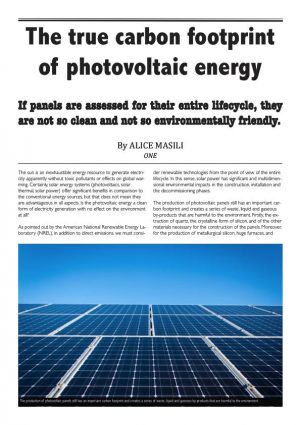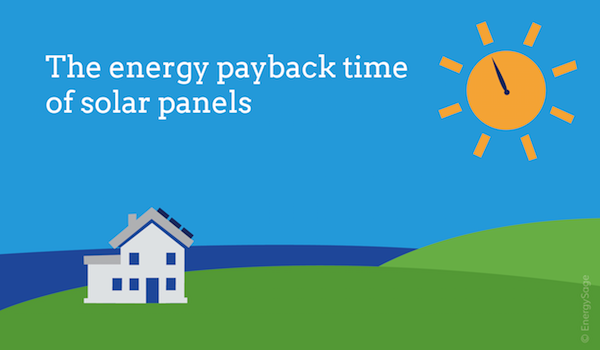The environmental impact of solar panel production the production process of manufacturing solar panels is energy intensive and polluting.
Environmental impact of manufacturing solar panels.
Yes vast amounts of energy are required to mine manufacture solar panels and yes chemicals are used during the manufacturing process.
You also have to consider water usage which can be a significant impact in locations where water may be scarce.
Key negative impacts include land clearance which can destroy habitats and kill vegetation.
There s also the impact of global warming emissions to consider.
Production of these panels consumes substantial amounts of energy and produces waste water and hazardous by products which are released to the air during the manufacturing process.
What can be done to avoid this issue.
Fabricating the panels requires caustic chemicals such as sodium hydroxide and hydrofluoric acid and the process uses water as well as electricity the production of which emits greenhouse gases.
An oxidized form of silicon non crystallized silica is the most common component of quartz sand.
The predominant negative environmental impacts of solar energy come from producing the solar panels.
Approximately 90 of most pv modules are made up of glass.
You should now have a better understanding of the environmental impacts of solar energy.
Solar power is not perfect but overall it provides a positive net environmental impact and financial impact.
No solar panels themselves do not contribute to global warming emissions.
The process starts with mining of quartz sand.
Photovoltaic pv solar cells or concentrating solar thermal plants csp.










